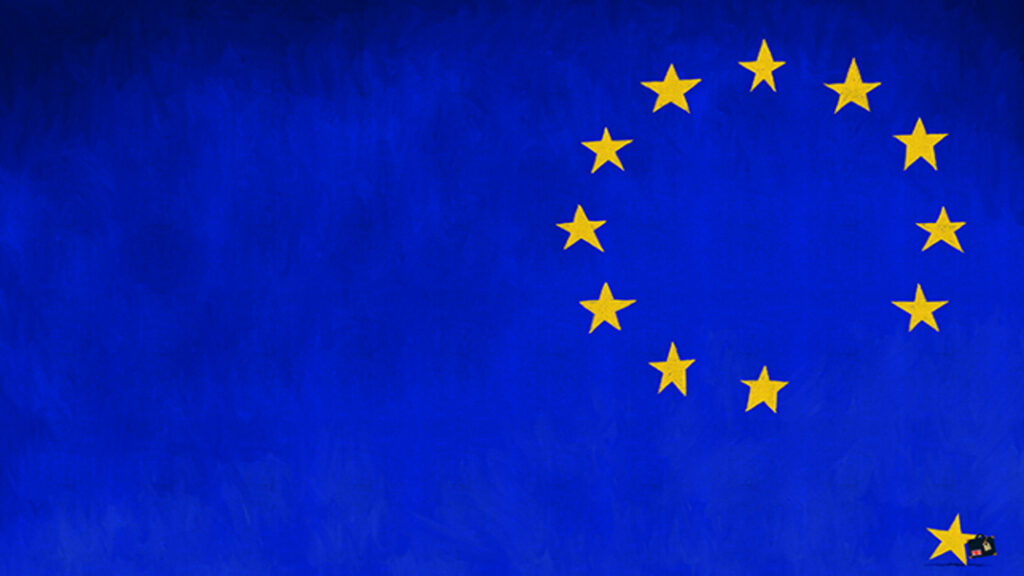In the post-Brexit UK, we need to reassess how we navigate new rules around intellectual property, trade marks and design rights protection, writes Akshay Thaman, an IP analyst at GovGrant
With the Brexit transition period now over, businesses are beginning to navigate the new challenges and hurdles that a post-Brexit landscape presents.
Most of the media coverage around the deadline has focused upon companies trading in Europe and delays faced at the border.
However, for businesses operating in the intellectual property sphere, there are a number of changes and new rules to be aware of, some of which you might not yet have encountered.
What are the changes to trade marks and design rights?
If you own an EU Trade Mark (EUTM) or a Registered Community Design (RCD) right, or both – or if you are currently in the process of trying to obtain one – there are a number of changes you should be aware of now that the UK has left the EU.
What to do as EUTM/RCD owner
The UK designation of your EUTM or RCD is no longer valid as of January 2021. However, the UK Intellectual Property Office (UKIPO) will automatically give you an equivalent registered trade mark or design right in the UK without the need for additional examination or for any fees to be paid. If you own an international trade mark or design right that designates the EU, then the same will apply.
In addition, the priority dates, legal status and remaining lifetime of your EUTM or RCD are all preserved under the new UK-registered version, but you will not receive a new certification from the UKIPO to confirm this.
If you need to locate the certification, you can do so online, via the UK registers for design and trade marks at gov.uk.
If your EUTM/RCD was due for renewal before 31 December 2020, the renewal may not automatically apply to your new UK right if the renewal is not paid within six months of the expiry date. Furthermore, for applications that were pending on 31 December 2020, there is now a 9-month window in which to file the equivalent application in the UK, in order to maintain the same filing and priority dates.
Getting onto the trade mark/design ladder
If you are currently considering applying for a trade mark or design right, it is crucial to note that the EUTM now does not cover the UK. You will need to apply via the UKIPO in order to have protection in place in the UK. Likewise, for international applications, the UK will have to be designated separately from the EU in order to obtain specific protection.
Patent applications, however, can still be filed via the European Patent Office (EPO) for protection in the UK, as this is a completely separate entity from the EU and is therefore unaffected by the UK’s departure.
If you have a trade mark or design right, it is vital to undertake an IP review as soon as possible in order to determine whether any of these changes affect you. Any EU or international trade mark or design applications which are still pending should be extended to the UK to account for the separation of the two IP protection systems
Prior to the Brexit transition date, the UK was part of the Unregistered Community Designs (UCDs) system, where if a design was published in either the UK or the EU, the designer automatically received protection in both.
However, this no longer applies – so the UKIPO has introduced its own version of the unregistered design right known as the Supplementary Unregistered Design (SUD) right, which serves the same purpose but applies only in the UK and not across the EU.
For SUD protection to apply, the first disclosure must take place in the UK and not anywhere else.
Aspects of IP that need your attention now
If you have a trade mark or design right, it is vital to undertake an IP review as soon as possible in order to determine whether any of these changes affect you. Any EU or international trade mark or design applications which are still pending should be extended to the UK to account for the separation of the two IP protection systems.
In addition, if you routinely take part in parallel trade (cross-border sale of physical goods that have already entered the market), it is worth understanding the changes to the rules around intellectual property.
If you are still parallel exporting intellectual property-protected goods into the European Economic Area (EEA) as of January 2021, you may need the permission of the rights holder to do so (as where previously the IP rights attached to the goods would have been exhausted after the first sale, this rule no longer applies). Parallel imports into the UK from the EEA, however, remain unaffected as the aforementioned rule is still in place here.
Get in touch:
 Akshay Thaman’s role is to help UK businesses become centres of innovation. He works closely with GovGrant clients to uncover IP that may be hidden in their businesses.
Akshay Thaman’s role is to help UK businesses become centres of innovation. He works closely with GovGrant clients to uncover IP that may be hidden in their businesses.
Starting with the R&D tax claim, he can analyse and identify the potential for a patent that will unlock further tax savings by utilising the UK’s Patent Box scheme. Get in touch at govgrant.co.uk/ip-services






